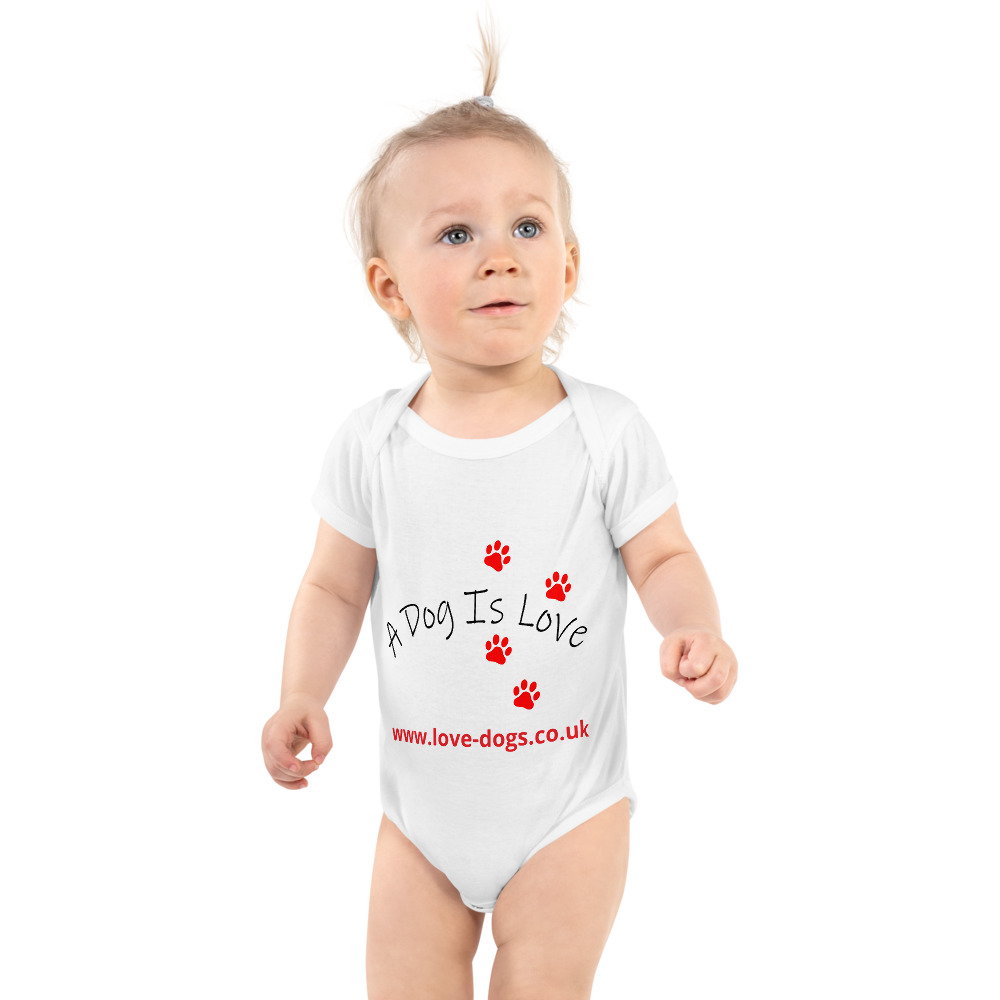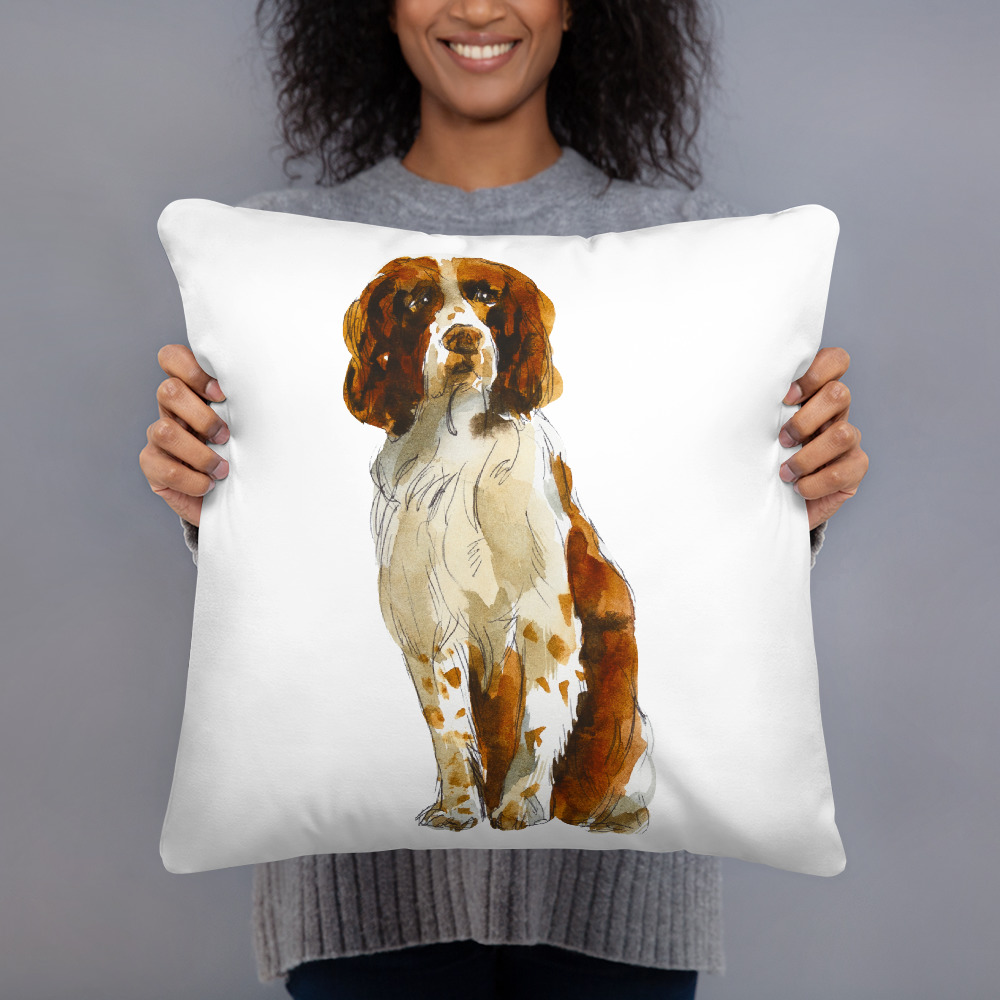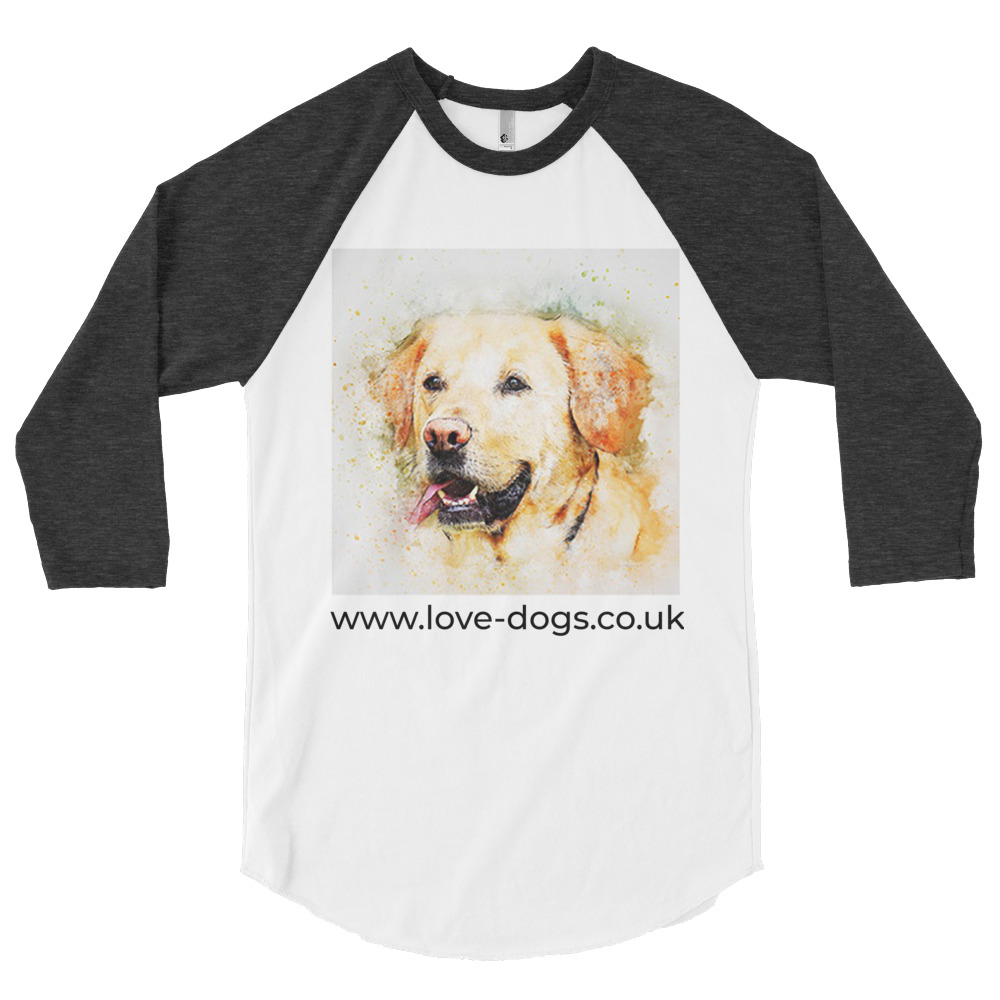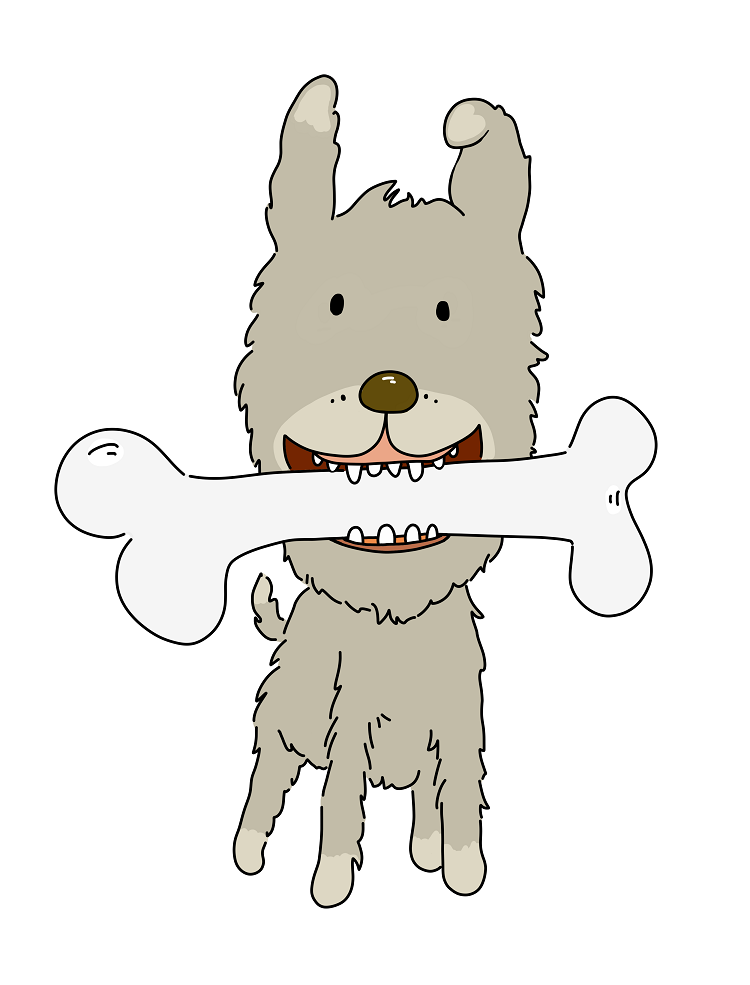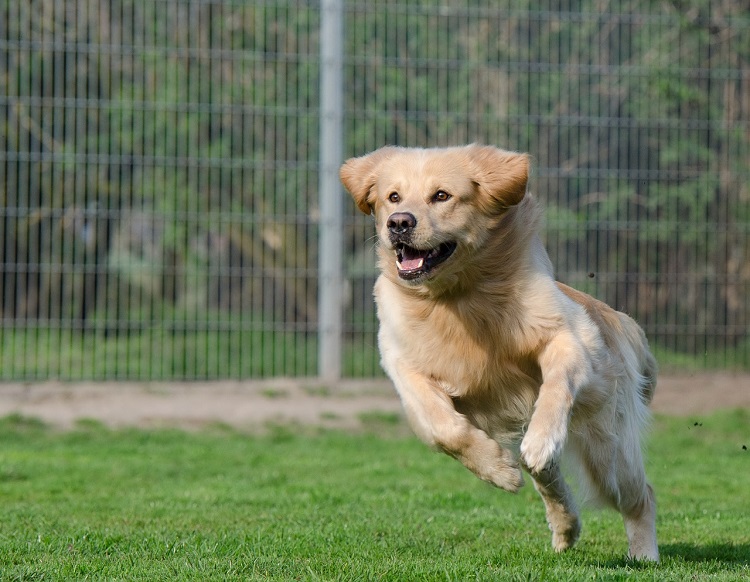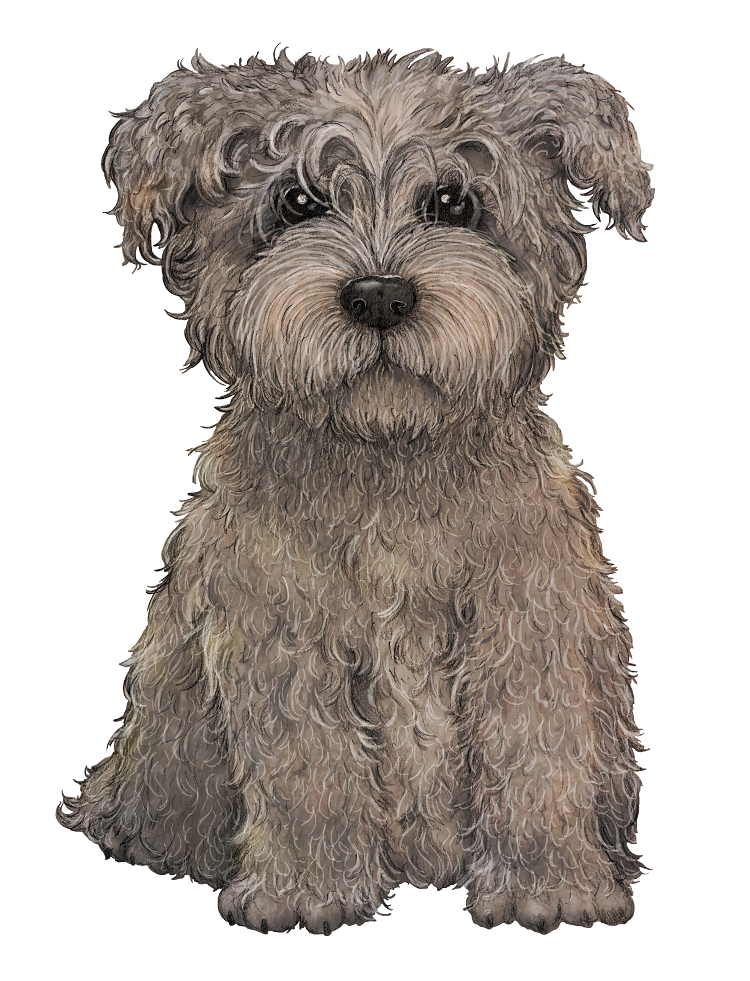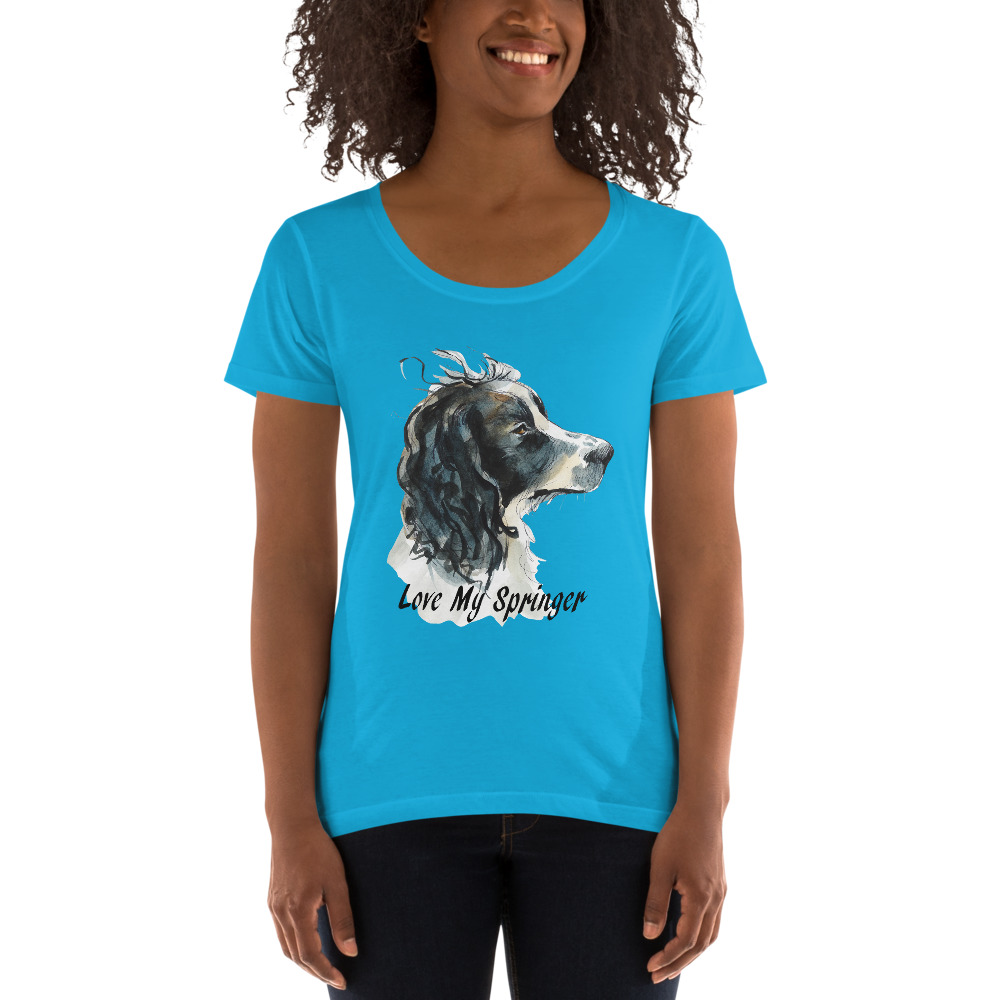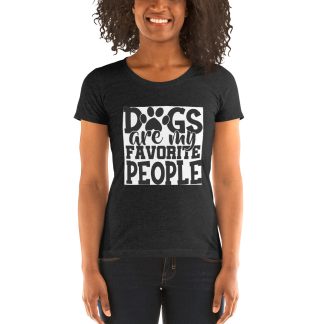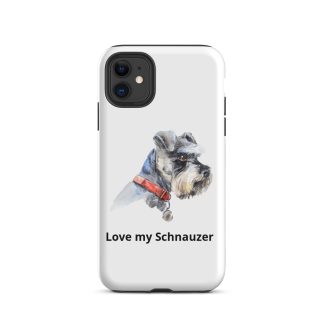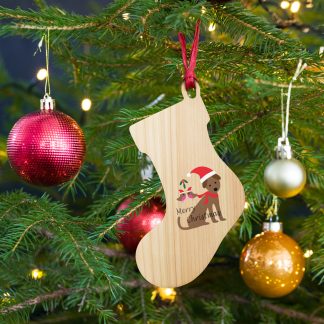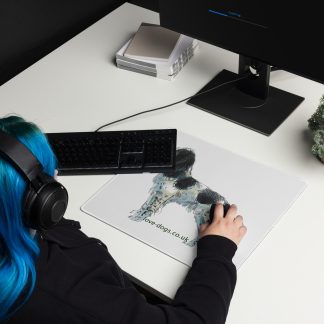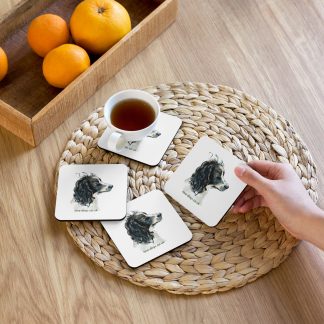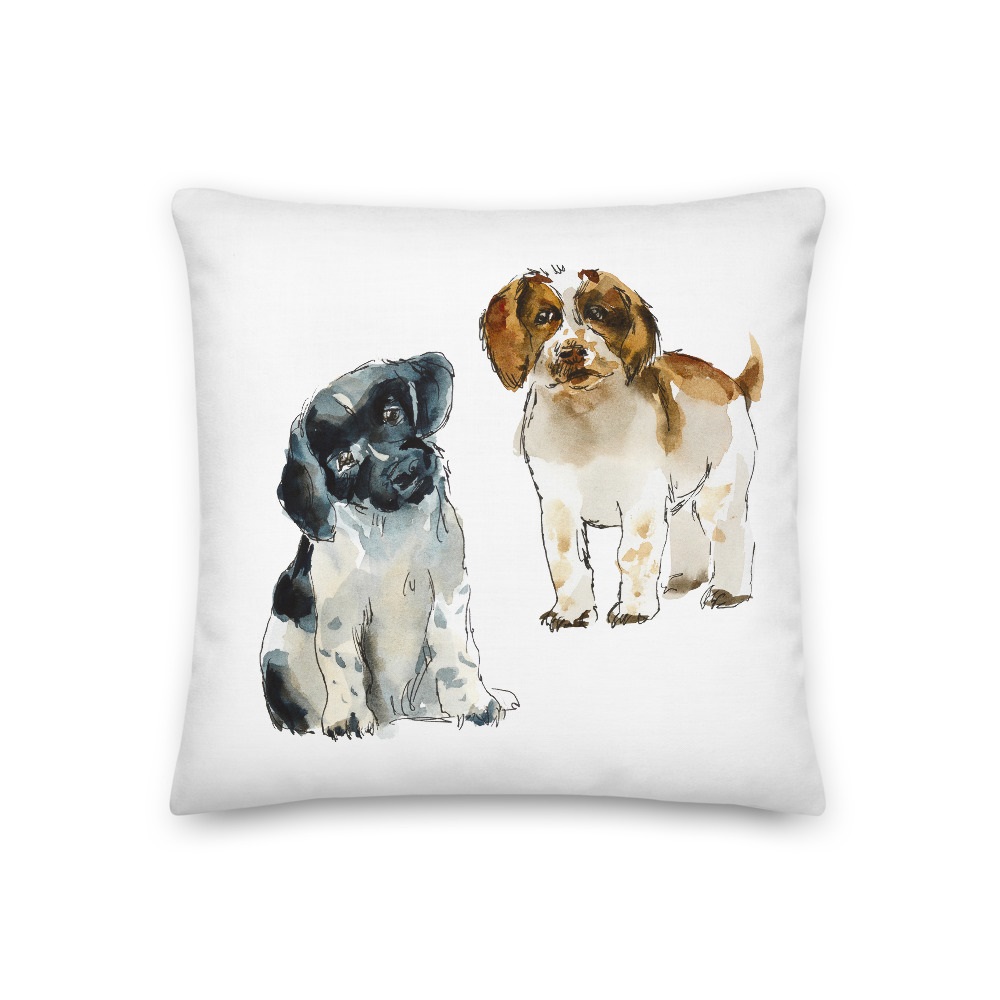
House training is one of the most important elements of creating a well trained dog and trusted family member. Problems with house training and similar issues are the number one reason that dogs are surrendered to shelters, so properly house training your dog can literally save his or her life.
House training a puppy does not need to be difficult, but it is important to take the process seriously, plan ahead and take things slowly. Some dogs will be easier to house break than others, so it important to work with your dog. Rushing the process can be counterproductive and cause you to have to start all over again.
When it comes to house training a new puppy, it is important to know what to expect. Unless the owner is able to supervise the puppy round the clock, it is difficult to complete the house training process until the dog is at least six months old. It is important to know this ahead of time so you can be prepared. Young puppies have bodies that are constantly changing and growing, and puppies younger than six months often have not developed the bowel and bladder control they will need to be properly house trained.
When the owner is not at home, the puppy should be confined to a small room and the entire floor should be covered with paper. Of course it is important to puppy-proof the room, that is removing any items on which the puppy could be injured. In the beginning, the puppy will most likely eliminate anywhere within the room. In addition, the puppy will probably play with the papers, chew them, etc. This is perfectly normal and should not be grounds for punishment or distress. Cleaning up each day should simply be part of the routine of living with a new puppy. Simply clean up the soiled papers and put down new ones each day.
Time for paper training
During the time that the puppy is confined in its little den, it will begin to develop the habit of eliminating on paper. After a little time has passed, the puppy will begin to exhibit a preferred place to eliminate. After this preferred spot has been established, the area that is papered should be slowly diminished. The first papers to be removed should be those that are furthest away from the “toilet”. Eventually, the owner will have to lay down only a few papers. If the puppy ever misses those papers, it means that the papered area has been reduced too much and too soon.
After the puppy is reliability doing its business only on the papers that have been left, the papers can be slowly and gradually moved to a location of your choice. The papers should be moved only gradually, as little as an inch a day. If the puppy misses the papers, again it means that they have been moved too soon and too far. In this case it will be necessary to go back a few steps and start over. It is important not to become discouraged. The puppy will eventually understand the concept, and you will be able to choose your puppies toilet area and move on to the next step.
House training when the owner is home
Obviously the more time you can spend with your puppy the faster the house training will go. The objective should be to take the puppy to the toilet area every time he needs to do his business. In most cases this will be either every 45 minutes, right after each play session, after he first wakes up or right after he eats or drinks. It is important to provide effusive praise for the puppy when he eliminates in the established toilet area.
As the puppy becomes more used to using his toilet area and as he develops improved bladder and bowel control, he will be able to begin spending more and more time outside his den with his owner in the rest of the home. It is important to begin this process by allowing the puppy access to one room at a time. It is also important to allow the puppy in the extra room only when he can be supervised. When you must leave the room, be sure to put the puppy back in his den.

